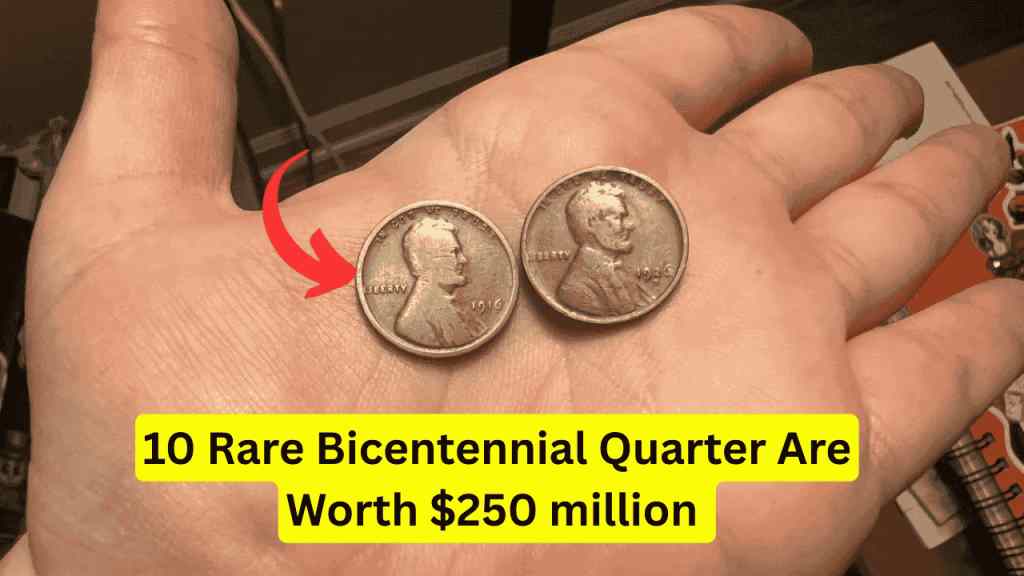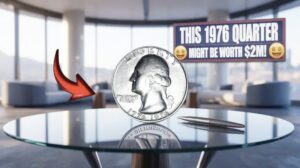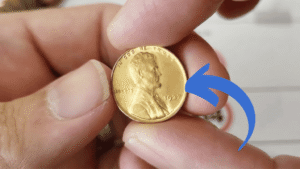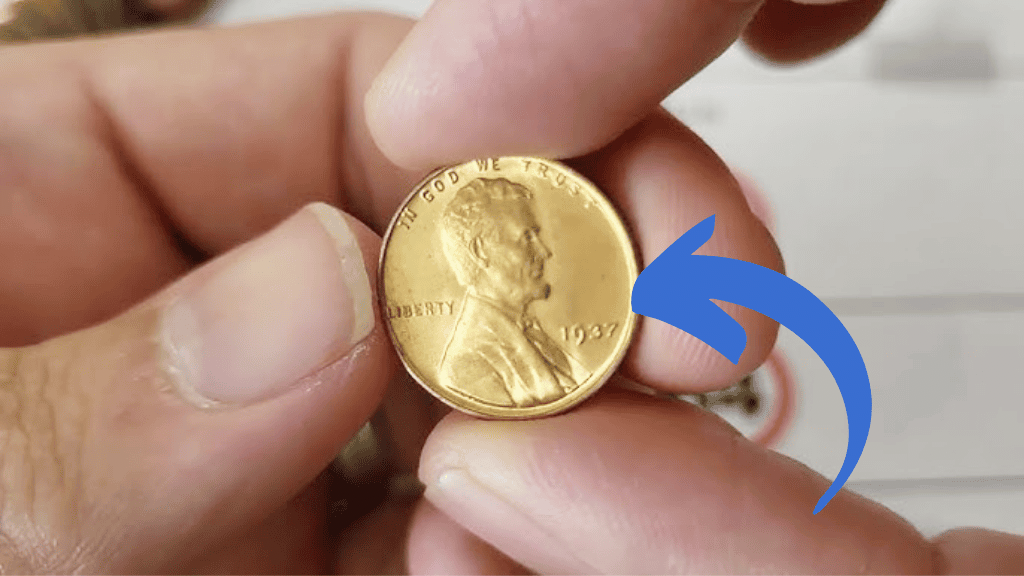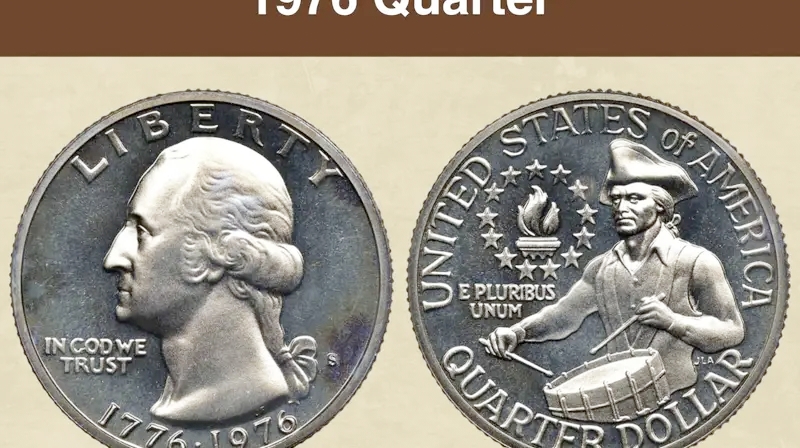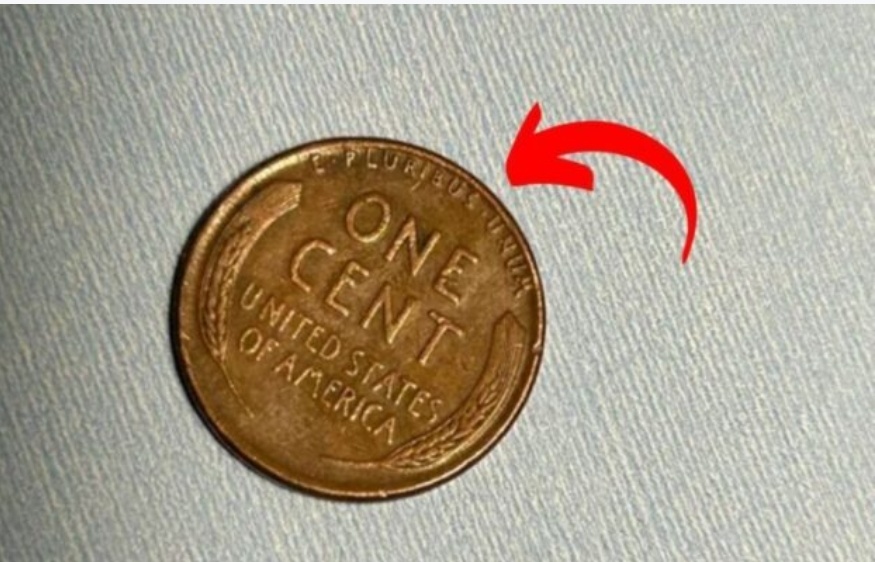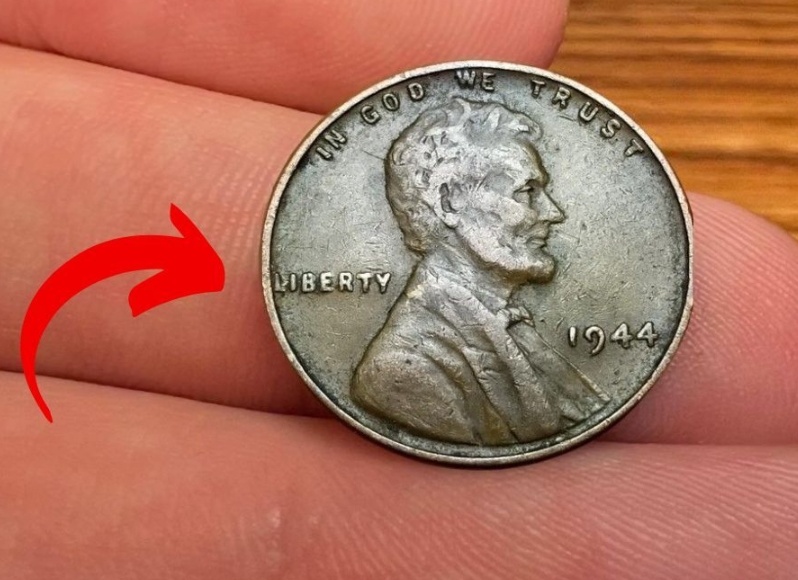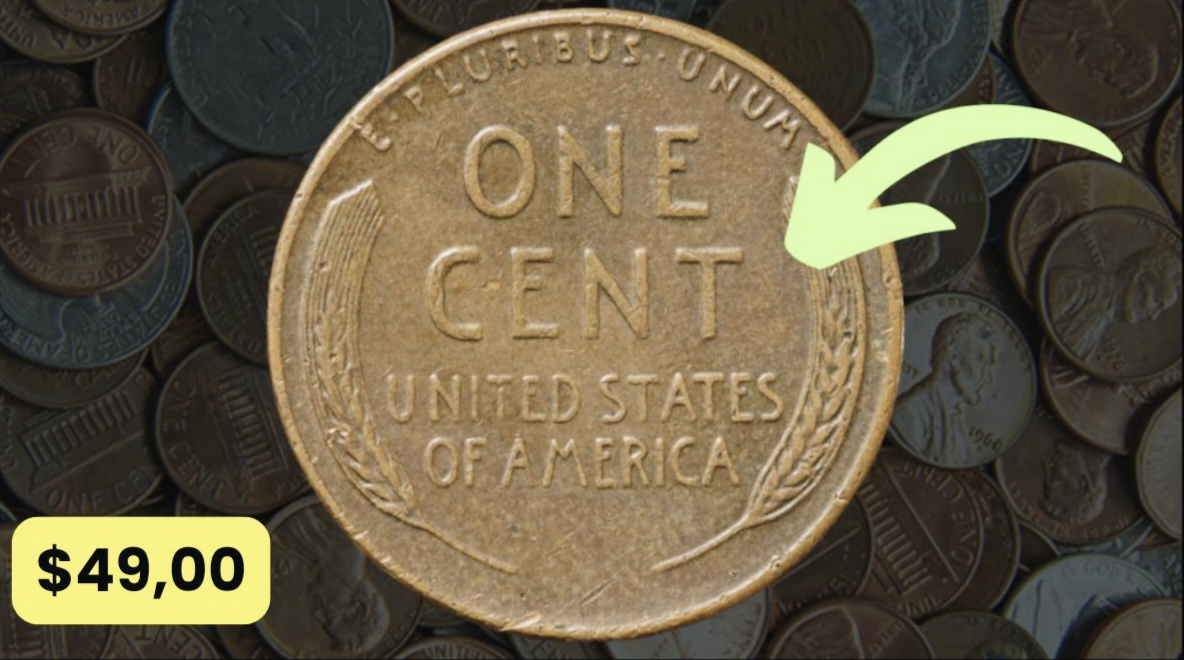Imagine finding a quarter in your pocket change that’s worth $250 million. Sounds like a fantasy, right? But in the world of coin collecting, certain 1976 Bicentennial Quarters are rumored to be just that valuable. Minted to celebrate America’s 200th birthday, these coins feature a colonial drummer boy and the dual date “1776-1976.” While most are worth just 25 cents, a few ultra-rare variants could make you a fortune. Let’s dive into the fascinating world of these coins, explore why they’re so valuable, and learn how to spot one.
Why Are Bicentennial Quarters So Special?
The Bicentennial Quarter was a big deal in 1975 and 1976. The U.S. Mint produced over 1.7 billion of these coins to mark the nation’s 200th anniversary. Unlike regular quarters, they swapped the usual eagle reverse for a patriotic drummer boy design by Jack L. Ahr, chosen through a nationwide contest. Most were made of copper-nickel clad, but some special editions used 40% silver.
What makes certain quarters worth millions? It’s all about rarity, minting errors, and condition. A few coins slipped through the Mint’s quality control with unique flaws or were struck on experimental metals. These quirks, combined with pristine condition, drive their value sky-high.
The Truth Behind the $250 Million Claim
Let’s address the elephant in the room: $250 million per coin sounds outrageous. While no Bicentennial Quarter has ever sold for that amount, collectors and experts speculate that ultra-rare variants—like prototype coins or those with extreme errors—could theoretically fetch such prices. For context, a 1976-S Silver Proof Quarter in MS-68 condition sold for $19,200 in 2019, per Chronicle Collectibles. The $250 million figure likely stems from unverified claims or speculative hype, but it’s not entirely impossible for one-of-a-kind coins.
Real-life example: In 2020, a collector found a Bicentennial Quarter with a “struck-through grease” error at a flea market. It sold for $1,725 at auction because the error obscured half the drummer boy design. These stories fuel the dream that a life-changing coin could be hiding in your change jar.
Top 10 Rare Bicentennial Quarters to Look For
Here’s a breakdown of the rarest Bicentennial Quarters that could command massive premiums. Each has unique traits that make it a collector’s holy grail.
1. No-S Proof Quarter
Struck in San Francisco without the “S” mint mark, only 15-20 are known to exist. One sold for $179,500.
2. Double Die Obverse (DDO)
This error causes doubling in the date and “LIBERTY.” Fewer than 100 exist, with one fetching $76,375.
3. Pulsar Quasar Error
Named for star-like die breaks radiating from the coin’s center, these coins (under 200 known) can sell for $23,500.
4. Drum Major Error
A die clash left a faint Washington profile on the reverse, resembling a ghostly figure. Up to 400 exist, valued at $7,931.
5. Off-Center Strike
Misaligned dies create coins with part of the design missing. Severe errors can fetch $200,000.
6. Silver Planchet Error
Some quarters were mistakenly struck on 40% silver planchets meant for collectors. These can sell for $10,000-$150,000.
7. Overstruck on Other Coins
A quarter struck over a dime or foreign coin is a rare oddity, potentially worth millions.
8. Missing Clad Layer
The copper-nickel layer is absent, exposing the copper core. These can fetch $3,000-$10,000.
9. Proof PR-70 DCAM
Silver proof coins with perfect grading and deep cameo contrast sold for $4,700 in 2022.
10. Experimental Metal Variant
Rumored coins struck with unique metals (possibly gold traces) could be worth millions, though none are confirmed.
How to Spot a Valuable Bicentennial Quarter
Think you’ve got a winner? Here’s how to check:
- Mint Mark: Look for an “S” (San Francisco) or no mint mark (Philadelphia). Missing “S” proofs are rare.
- Weight: Clad quarters weigh 5.67 grams; silver ones are 5.75 grams. Use a jeweler’s scale.
- Errors: Use a magnifying glass to spot doubling, off-center strikes, or die breaks.
- Condition: Pristine coins (MS-67 or higher) are worth more. Avoid cleaning, as it reduces value.
- Edge: Silver quarters have a solid silver edge, unlike the copper layer in clad coins.
If you suspect a rare coin, get it appraised by a professional grader like PCGS or NGC. They’ll verify its authenticity and grade.
Table: Bicentennial Quarter Variants and Values
| Variant | Estimated Value | Key Feature | Rarity |
|---|---|---|---|
| No-S Proof | Up to $179,500 | Missing “S” mint mark | 15-20 known |
| Double Die Obverse | Up to $76,375 | Doubling on date and “LIBERTY” | <100 known |
| Pulsar Quasar Error | Up to $23,500 | Star-like die breaks | <200 known |
| Drum Major Error | Up to $7,931 | Ghostly Washington on reverse | 350-400 known |
| Off-Center Strike | Up to $200,000 | Misaligned design | Rare |
| Silver Planchet Error | $10,000-$150,000 | Struck on silver planchet | Very rare |
| Overstruck Coin | Millions | Struck over another coin | Extremely rare |
| Missing Clad Layer | $3,000-$10,000 | Exposed copper core | Rare |
| Proof PR-70 DCAM | Up to $4,700 | Perfect grade, deep cameo | Limited |
| Experimental Metal | Speculative | Unique metal composition | Unconfirmed |
FAQ: Bicentennial Quarters
Are all Bicentennial Quarters valuable?
No, most are worth 25 cents. Only rare errors, silver versions, or high-grade coins fetch high prices.
How do I know if my quarter is silver?
Check the edge for a solid silver color and weigh it (5.75 grams). Silver coins usually have an “S” mint mark.
Can I clean my quarter to increase its value?
Never clean coins! Cleaning damages the surface and lowers value.
Where can I sell a rare Bicentennial Quarter?
Use reputable platforms like Heritage Auctions, eBay, or local coin dealers. Get it graded first for credibility.
Is the $250 million value real?
No verified sales support this claim. It’s speculative, but rare variants can still be worth thousands or millions.
Tips for Coin Hunters
Start your treasure hunt today! Check coin rolls from banks, estate sales, or old piggy banks. Use a magnifying glass and digital

